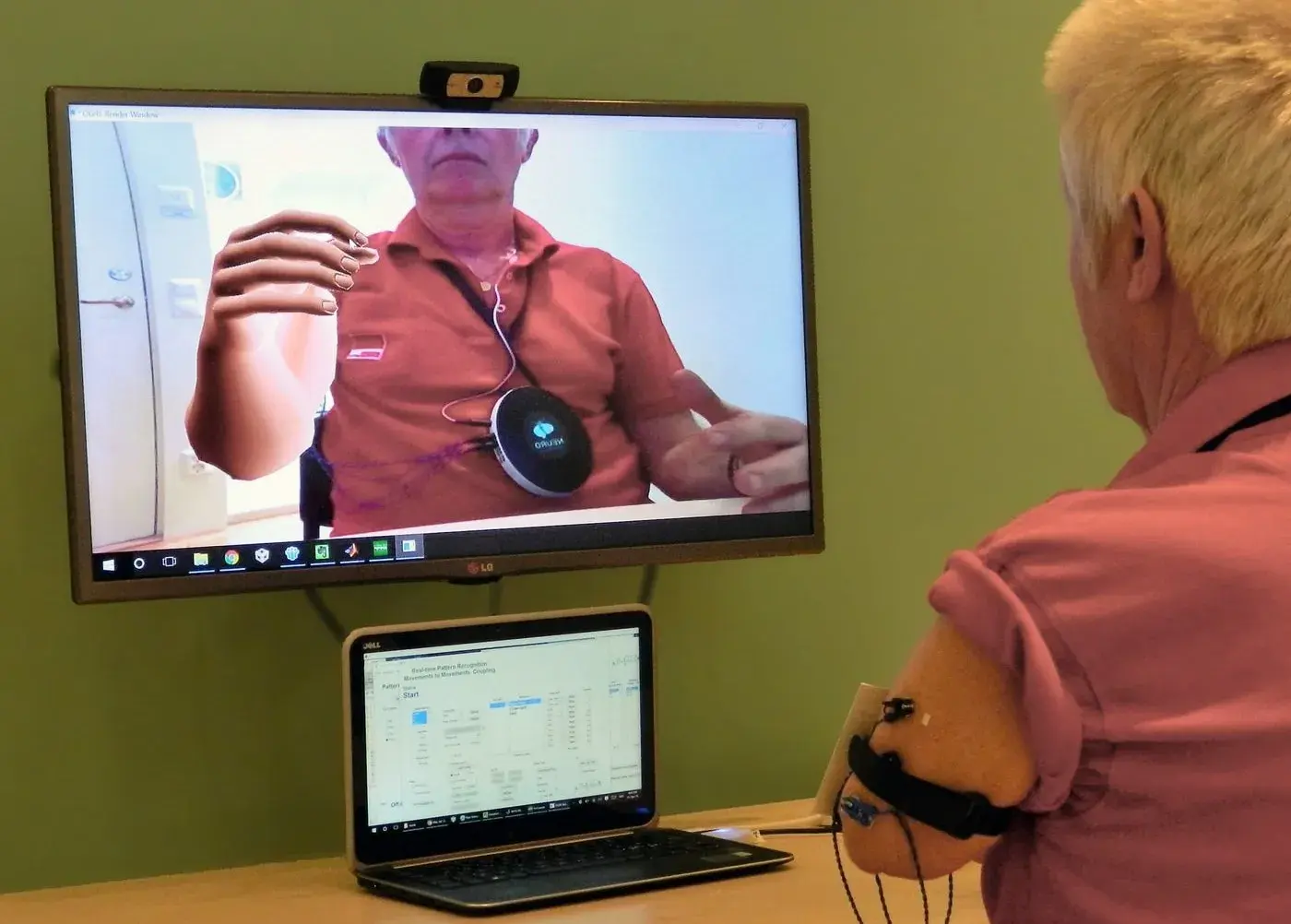Preguntas Frecuentes sobre el Dolor del Miembro Fantasma
Este sitio web se actualiza continuamente. Si tu pregunta no aparece aquí, ¡contáctanos!

El Dolor del Miembro Fantasma (DMF) es el dolor que se percibe en una extremidad que ya no está presente.
Lee más en What Is PLP?
No. Puede haber Sensaciones de Miembro Fantasma (SMF) que no son dolorosas.
Una persona puede sentir la presencia o movimiento del miembro fantasma sin dolor.
El DMF se refiere únicamente a las sensaciones dolorosas percibidas en el miembro ausente.
Todo dolor está en nuestra cabeza, ya que requiere que el cerebro lo procese para que podamos experimentarlo.
El Dolor del Miembro Fantasma (DMF) no es diferente a otros tipos de dolor en ese sentido: es el cerebro quien crea la experiencia.
El DMF está reconocido como una condición médica legítima en muchos países alrededor del mundo.
Preguntas sobre tratamientos del DMF

¡En la mayoría de los casos, sí!
Existen varias opciones terapéuticas para aliviar el DMF.
Consulta Treatments page.
¡Muy probablemente! El manejo adecuado del dolor agudo antes y después de la amputación, así como mantener el miembro fantasma "activo" o en movimiento, puede prevenir el desarrollo del DMF. Lee más en Treatments page.
No. La Realidad Virtual (VR), la Realidad Aumentada (AR) o la Realidad Mixta son herramientas, no tratamientos por sí solas. El tratamiento depende de cómo se utilicen estas herramientas. Por eso, dos intervenciones que usan VR pueden tener resultados muy diferentes según su aplicación.
Altamente improbable. Los campos electromagnéticos a los que normalmente estamos expuestos no tienen la intensidad suficiente como para activar neuronas del dolor. Piénsalo: las máquinas de Resonancia Magnética (MRI), que generan campos electromagnéticos muy intensos, no provocan DMF. Además, no existe evidencia clínica (como ensayos controlados aleatorizados) que demuestre que el blindaje electromagnético sea eficaz para aliviar el DMF. Por último, no se ha propuesto ninguna hipótesis científica creíble que explique cómo funcionaría este método.